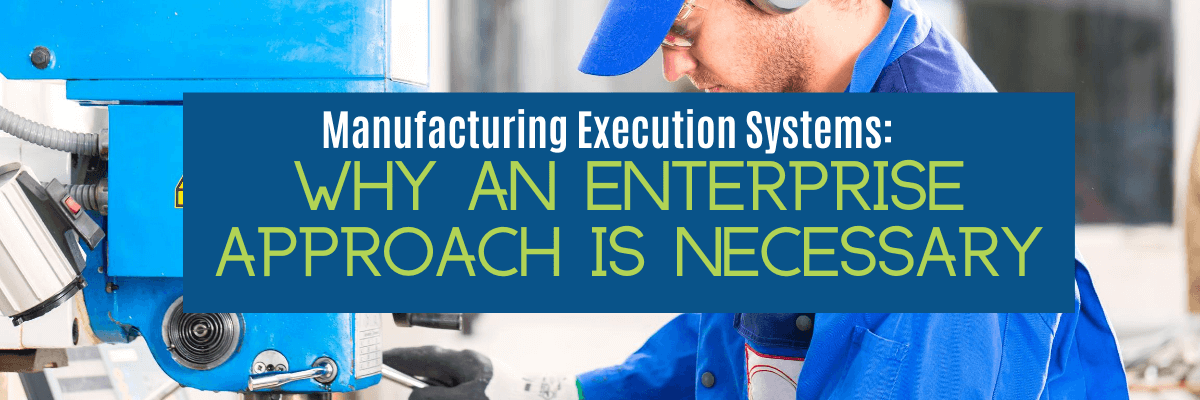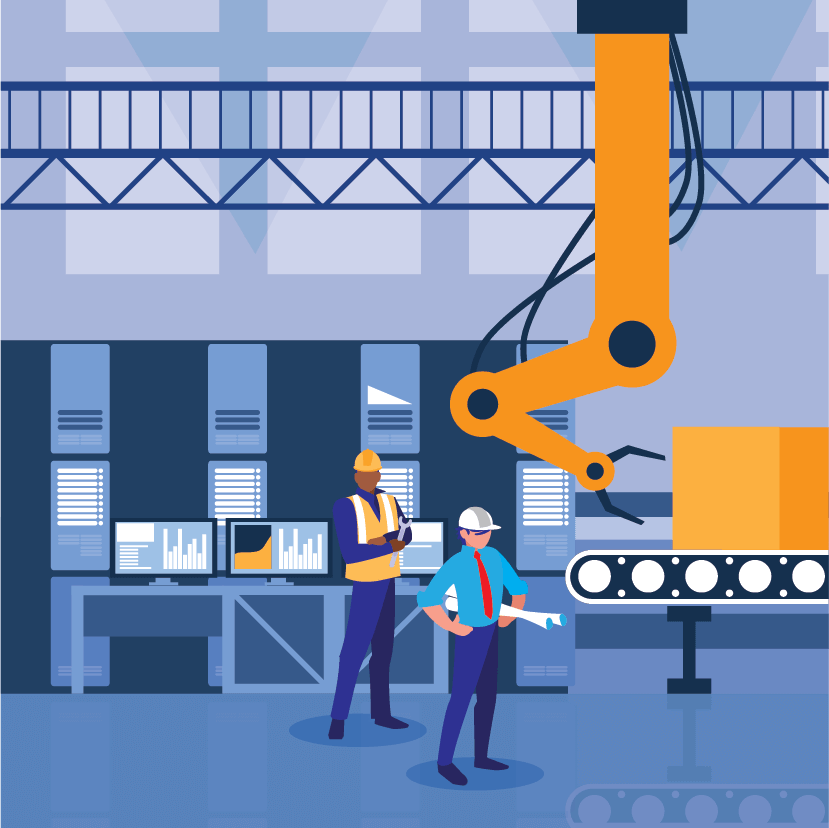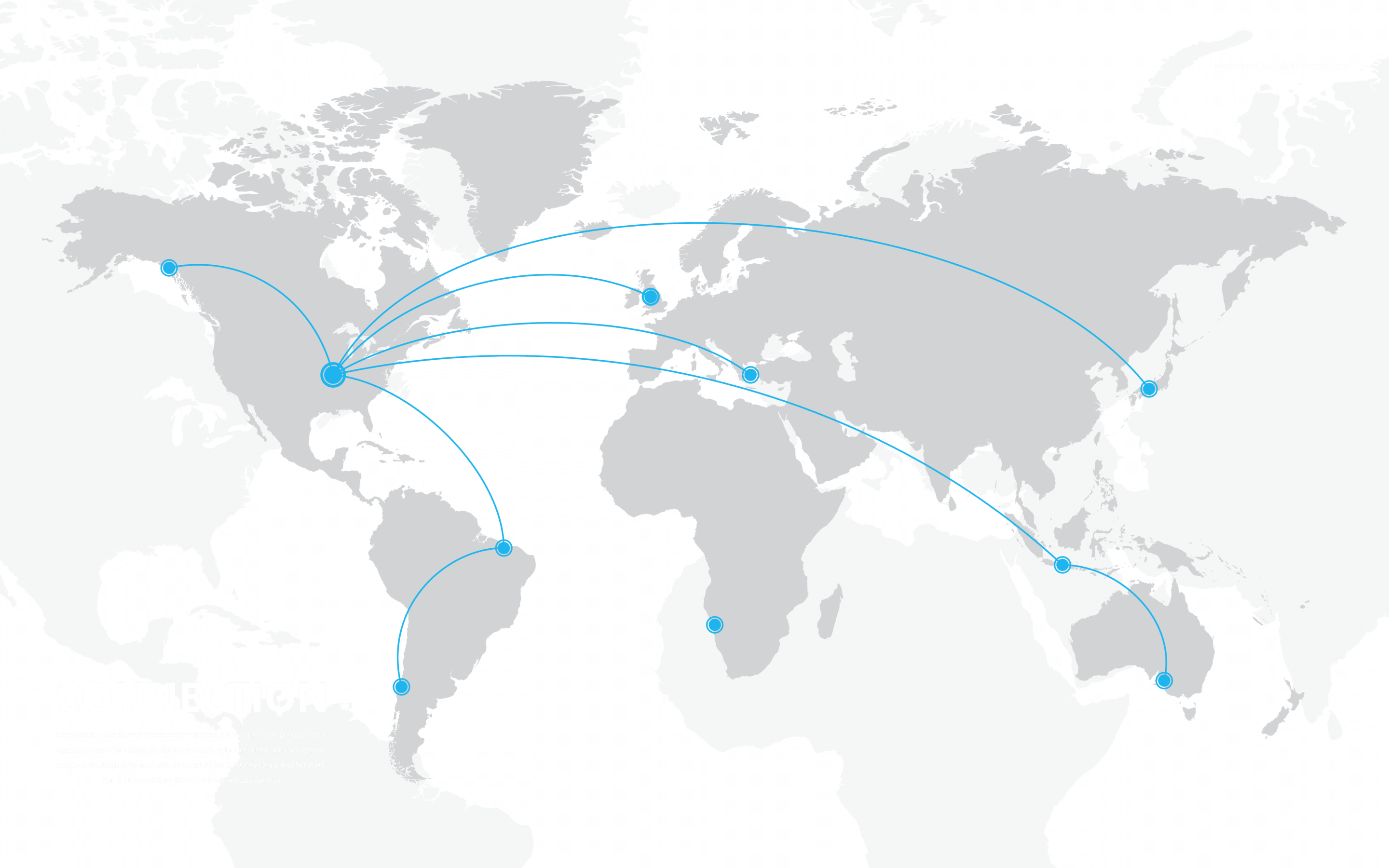
To keep production running, manufacturers require a number of elements. Some of the most important ones are real-time visibility, communication between production lines, and product traceability.
However, many plant floors are set up with disparate assembly lines and systems that make it difficult to ensure manufacturing operations are running as efficiently as possible. If your manufacturing floors are full of disparate systems, you should consider looking into an enterprise manufacturing execution system (MES). Let me explain why.
Disparate systems = increased production costs. Meaning you can expect to overpay for:
- The support of each individual system
- Development costs to make the systems compatible and able to communicate with each other
- Additional labor to manage and maintain each system
Having disparate manufacturing systems forces your employees to navigate disjointed processes, which wastes time and draws attention away from producing goods.
Reduce Support & Complexity
Having multiple assembly lines means having multiple support teams—which is a pain for manufacturers to deal with for many reasons.
One big pain is when a production problem does arise it’s difficult to pinpoint exactly which system is causing the actual issue. It takes longer for your team to comb through and review several systems, meaning your downtime is longer than it needs to be.
Multiple Systems + Multiple Support Teams = Longer Unexpected Downtimes
Integrating an enterprise manufacturing execution system into your facilities—including your operations, machines, and production schedule—comes with a single go-to support team. When something goes wrong, there’s only one group you have to contact. This makes fixing issues quick and easy. Not to mention, a lot easier when you want to make feature updates too.
Having one system reduces complexity. You no longer have to manage multiple passwords or links and there’s no need to build a top layer system to integrate multiple MES platforms together. Though an enterprise-wide solution might seem more expensive upfront, it ends up being the more economical option because you will have a lower total cost of ownership.
Improve Production Reliability

Let’s imagine you have three systems that work to keep your production facilities up and running. What happens when just one of those systems crashes? The obvious answer is that it negatively impacts the operations of all your systems. And, even after you’re able to pinpoint and fix the issue with the one system, you still have to check the other systems to ensure their affected operations didn’t cause any other issues. If other issues are caused, you’ll have to go through the same process again and again. Sounds exhausting.
Of course, any system will have internal issues and bugs to be fixed. However, when everyone is working with a single enterprise system, those issues are found sooner and solved faster, which means the system will only get better. Plus, you avoid long production delays when you can efficiently find and fix a problem.
Over time, you will be able to rely less on the vendor of your MES, since your employees can focus on learning the intricacies of only one system as opposed to dealing with several. Relying on one system also increases the overall internal competencies of the system. An enterprise MES runs on a common backbone and shared architecture, and, as you learn the system, you’ll be able to better maintain it to ensure its reliability, and thus create a more competent system.
Enterprise-Wide Visibility
If you have disparate systems, obtaining real–time visibility can be a challenge. What we have seen our clients do is build an additional application layer to pull and compile the data to provide the desired visibility.
One of the best features of an enterprise MES is the enterprise-wide view of your production floor, allowing you to see real–time information for each part you make or assemble. From the raw materials to the finished product to shipment.
Having access to real-time data allows you to make changes as needed. This gives you quicker reaction times that limit scrap and defects and minimize lost production time. An MES enterprise solution allows you to be proactive instead of reactive.
You’re also able to control visibility down to each line. You can set different permissions for different people, which allows you to provide data and information easily when needed while still being able to control need-to-know information. This way you can ensure whoever in the company needs data has access to it, regardless of what facility they’re at, and you don’t have to cross-reference a bunch of different systems to do it.

End-to-End Traceability
Many manufacturers act as both a supply chain and a manufacturing facility. With one MES, it’s easier to maintain traceability throughout the entire production process, which allows you to understand where and how materials are
used. In the event of a recall, you can pinpoint exactly which parts went where to effectively remove the defect parts from circulation.
This also applies to situations where something goes wrong while the parts are being created, meaning only specific parts have issues. An enterprise MES with end-to-end traceability allows you to find these specific parts and only recall the affected products those parts went into, as opposed to recalling all the products, which would be catastrophically more expensive.

Your MES Enterprise Solution
Production facilities working with disparate systems are wasting time and money because of their disjointed technology. If you want to optimize operations across all your facilities by simplifying processes, saving time, and cutting costs, we recommend pursuing an MES enterprise solution. The benefits of an enterprise system include:
- Reduced Support & Complexity – Issues are easily resolved, requests are completed sooner, lost production time is minimized, and total cost of ownership decreases
- Improved Production Reliability – You only need to learn and trust one system, allowing problems to be found and fixed sooner, improving system reliability and competency
- Enterprise-wide Visibility – Gain real-time visibility into production to improve internal productivity and optimize processes
- End-to-End Traceability – Easily track your parts from creation to sale in order to minimize recall costs
To learn more about integrating an MES into your plant, check out our blog on how to avoid simple mistakes with your integration. Or if you want to learn more about one aspect of an MES enterprise solution, download our case study detailing how one tier one supplier used a traceability solution to save millions due to a product recall.
